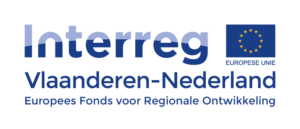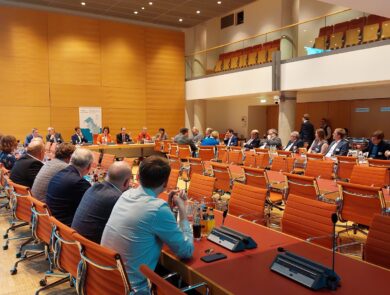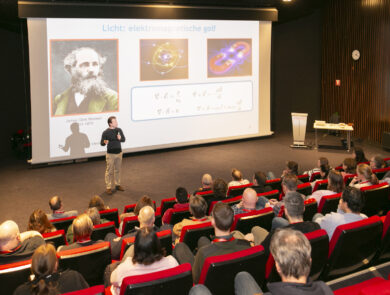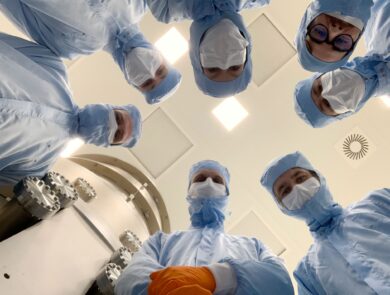International gravitational wave laboratory opens in Maastricht
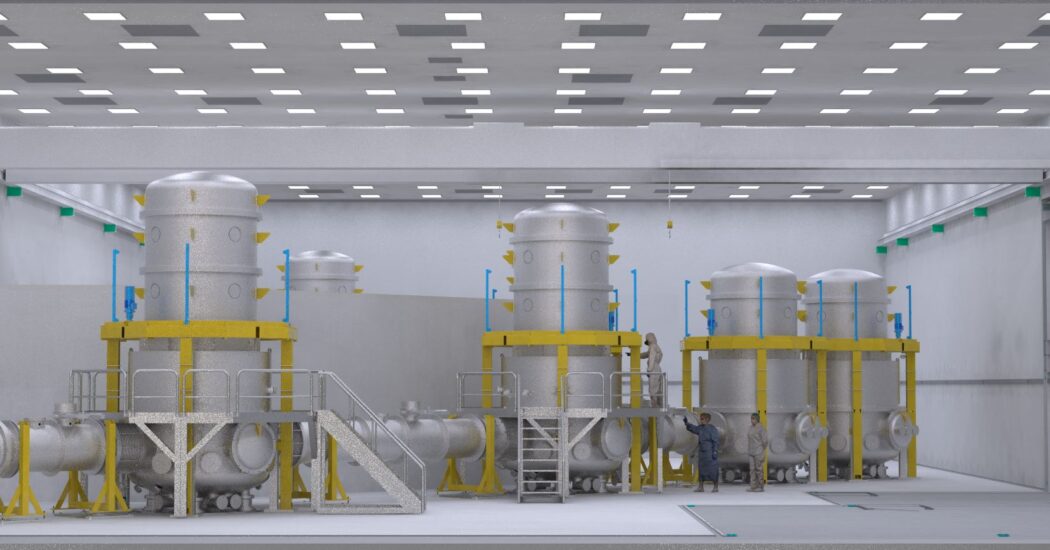
Demissionary Minister of Education, Culture and Science Ingrid van Engelshoven will open ETpathfinder in Maastricht this afternoon. The state-of-the-art physics laboratory will serve as a testing ground for the development of technologies for future gravitational wave detectors. ETpathfinder’s arrival also strengthens the border region’s position as a candidate location for the new European gravitational wave detector, the Einstein Telescope.
ETpathfinder is currently under construction at Maastricht University. The Limburg-based university is one of the driving forces behind ETpathfinder alongside Dutch physics institute Nikhef. The project also involves several other European knowledge institutions. Professor Stefan Hild, project leader of ETpathfinder: “We started ETpathfinder with 15 partners from the Netherlands, Belgium and Germany. Universities and research institutes from France, the UK and Spain have since started to contribute as well. It is great to see all this international expertise come together here in our facility.”
“The ETpathfinder is an important asset to science in the Netherlands”, says Demissionary Minister Van Engelshoven. “We strengthen both the development of large-scale scientific infrastructure and the ambition to conduct fundamental research. I am pleased that I was able to contribute to this instrument together with the other partners.”
Gravitational waves
Gravitational waves teach us more about the universe. For example, what happened right after the Big Bang? Gravitational waves arise when two celestial bodies, like black holes or neutron stars, collide. These cataclysmic events create ripples in spacetime. However, the ripple effect is so small that researchers only succeeded in measuring it in 2015. All in all, it took around 100 years for technology to advance enough to actually observe gravitational waves – the existence of which was already predicted by Albert Einstein in 1916.
Testing ground
Physicists look to the future with ETpathfinder. A new European gravitational wave detector should be ready around the year 2035: the Einstein Telescope. The Einstein Telescope requires an investment of approximately 2 billion euros and will be around 10 times more sensitive than current detectors. This should result in hundreds of thousands or even millions of observations of gravitational waves per year. However, such a significant increase in sensitivity is not possible using current technologies.
The required technologies and techniques will therefore first be developed and tested using ETpathfinder. This includes for example new cooling techniques, mirror coatings and lasers, which will be developed by collaborating knowledge institutions and high-tech companies. The resulting innovations are expected to find other uses in industry as well.

The facility itself will consist of a large, dust-free hall with a stable temperature: a cleanroom. Various kinds of laser interferometers, the technique used to measure gravitational waves, can be set up inside the cleanroom over the next 20 to 30 years. These setups consist of several towers containing all kinds of equipment, and ‘arms’ consisting of vacuum tubes of 20 meters long. These arms are not long enough to measure gravitational waves, but the setup suffices for the development and testing of different kinds of technologies and their interplay.
The Netherlands and the Einstein Telescope
It is no coincidence that ETpathfinder is being constructed in Maastricht. Next to the Italian island of Sardinia, the border region is a promising location for building the actual Einstein Telescope. Apart from ETpathfinder’s presence, Zuid-Limburg is a strong candidate due to its specific soil composition, which tempers noisy vibrations in the underground. It is also relatively calm above ground. There are for instance few railway lines and wind turbines in the area. At the same time, the region boasts great facilities and houses many knowledge institutions and tech companies.
Van Engelshoven underlines this role of ETpathfinder as well: “ETpathfinder also prepares the Netherlands, Belgium and Germany very well for a future large Einstein Telescope in the border region, and it is proof of the excellent collaboration between the three countries. We are diligently working together to bring the large Einstein Telescope to the Netherlands, but that’s for the future of course. Such a large-scale research infrastructure is a tremendous opportunity for the region.”
An international, yet-to-be-formed platform will likely decide around 2025 where the Einstein Telescope will be built. This decision makes little difference to ETpathfinder: the Maastricht facility will continue to play an important role alongside the Einstein Telescope either way.
